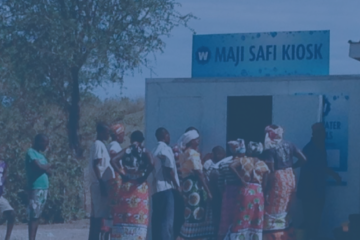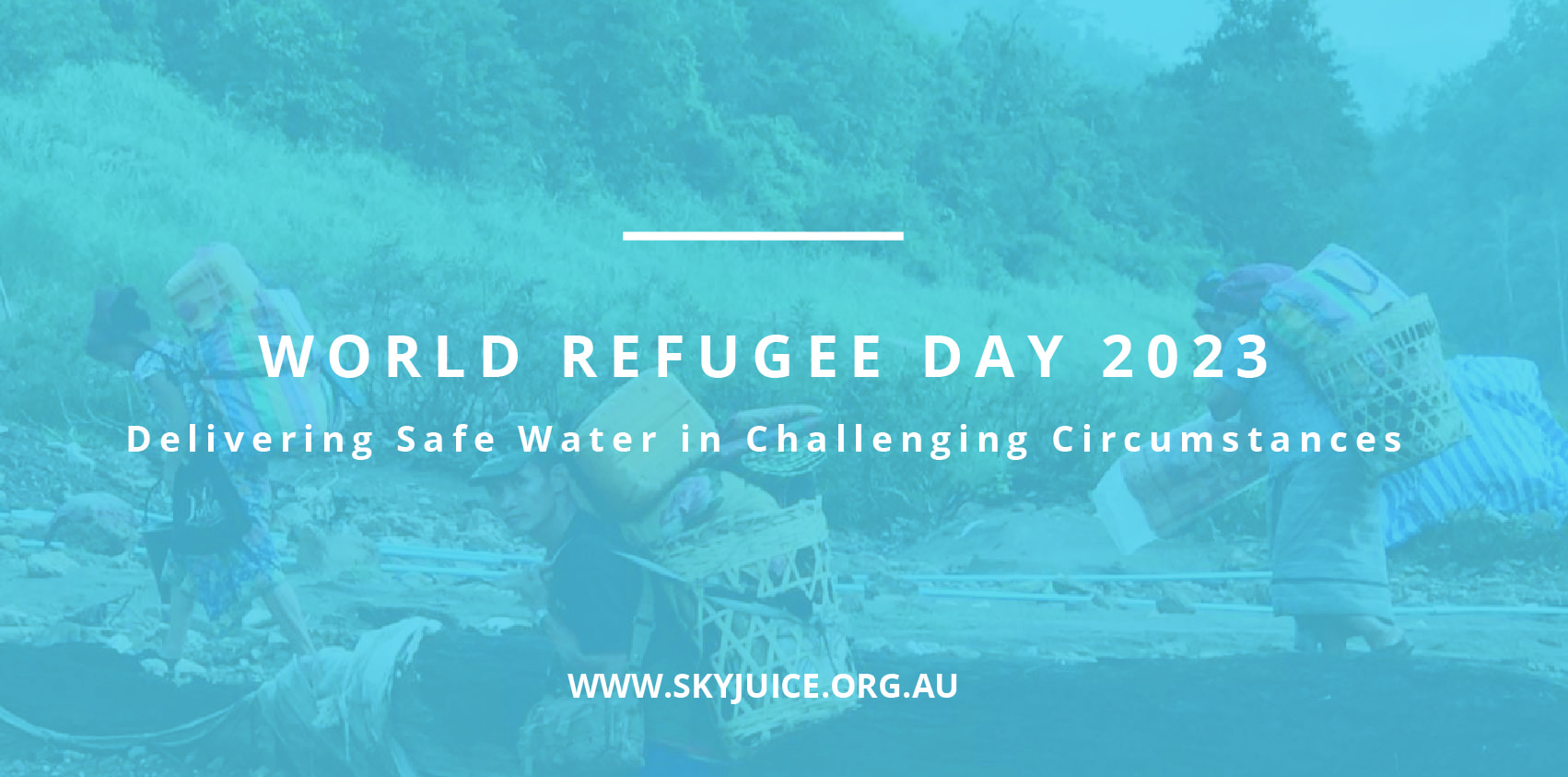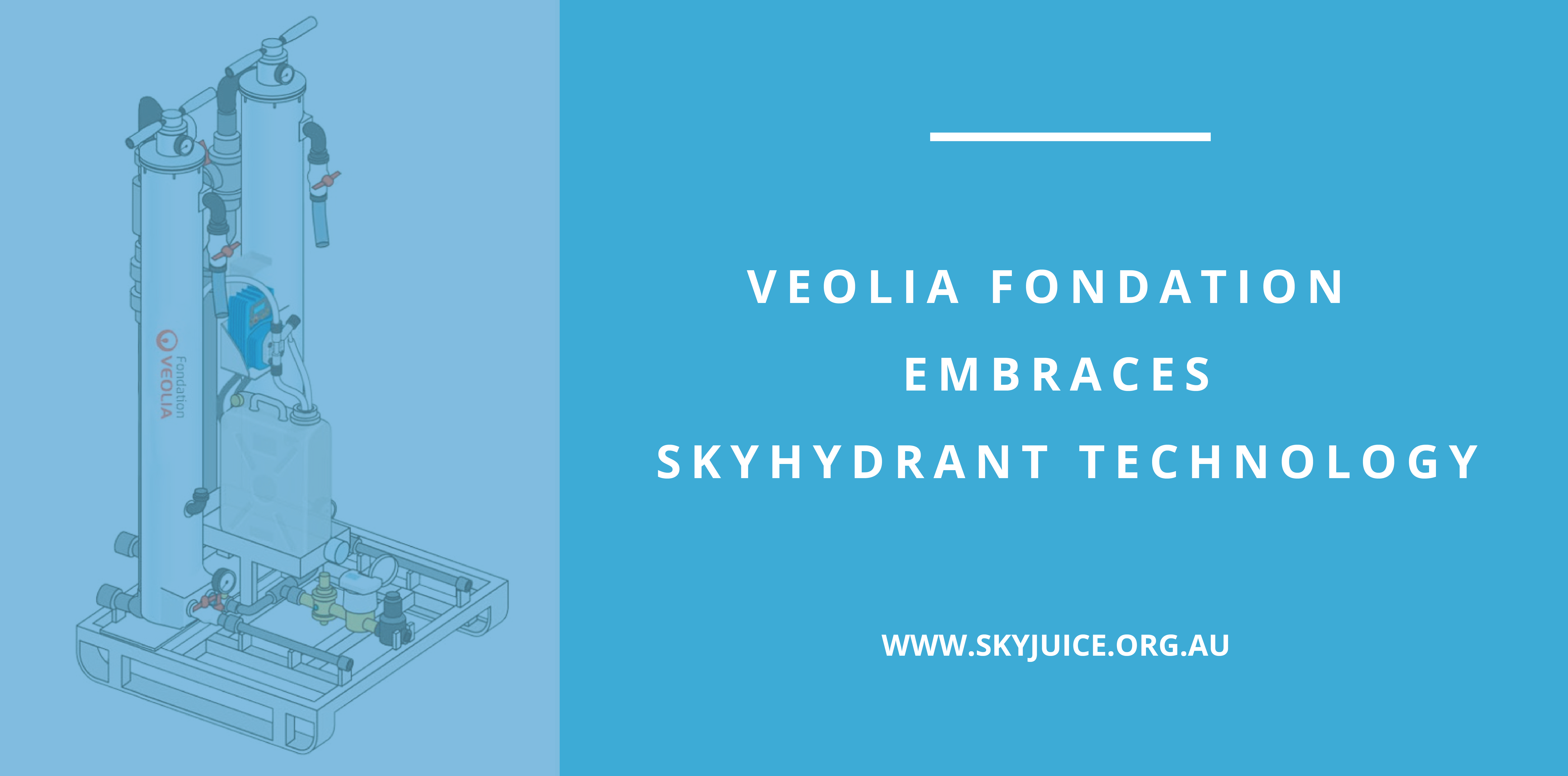Clean water and sanitation a significant issue for Tonga
In February this year, around 50,000 people (almost 70% of Tonga’s population) were affected by Tropical Cyclone Gita. Water supplies across the main island of Tongatapu sustained significant damage, making the risk of further outbreaks of waterborne disease a very real threat. Tonga was previously addressing an outbreak of dengue fever in Tongatapu prior to the storm.
Jane Foster, Oxfam’s Country Director for Tonga, said: “Homes have been destroyed, government buildings flattened, and churches devastated.”
“The impact of this severe storm will be felt on many people’s livelihoods for a long time to come. We also have grave concerns for the long damage sustained to water supplies as the risk of contamination is high. There is a real risk of a second disaster from water and mosquito borne illnesses like dengue.”
Oxfam NZ’s clean water and sanitation response
Oxfam supported local partners by conducting assessments as quickly as possible to determine exactly where the most urgent needs were. Oxfam’s main relief efforts are focussed on our area of expertise “providing safe water for people”, as well as providing sanitation supplies and public health support to help prevent the spread of water-borne diseases.
Following Gita, Oxfam has been working with local youth volunteers from the Tongan National Youth Congress (TNYC) to provide safe drinking water to some of the most at-risk populations. TNYC teams have deployed 4 x SkyHydrant filtration units (SkyJuice – SkyBox emergency filtration kits) to evacuation centres, disability centres and schools around Tonga to clean communal water tanks. To date TNYC has produced over 200,000 litres of safe drinking water – enough water for nearly 27,000 people*.
*Calculated using the Sphere International Standard of 0.75L of drinking water per person per day.




The impact of Tropical Cyclone Gita
Tropical Cyclone Gita was the most intense tropical cyclone to impact Tonga since reliable records began. The second named storm and first major tropical cyclone of the 2017–18 South Pacific cyclone season. Gita originated from a monsoon trough that was active in the South Pacific in early February 2018.
Prior to and during the cyclone, approximately 5,700 residents sought refuge in public shelters. Power was turned off prior to the storm’s arrival.
Throughout its path in the South Pacific, Cyclone Gita affected multiple island nations and territories. Tonga was the hardest-hit, with severe damage occurring on the islands of Tongatapu and ʻEua.
Gita struck Tongatapu and ʻEua on 12 February resulting in:
- Two fatalities and forty-one injuries.
- At least 171 homes destroyed and more than 1,131 damaged.
- The area largely without power.
National Emergency Management Office spokesman Graham Kenna called the storm “the worst situation [he has] been in” during his 30-year career. It has been described as the worst since at least Cyclone Isaac in 1982.
Many countries have assisted Tonga:
- New Zealand provided NZ$750,000 in assistance.
- Oxfam NZ has had a significant role assisting in water and sanitation.
- India provided US$500,000 humanitarian aid.
- Australia provided A$350,000 in emergency supplies to assist more than 2,000 people, via the Australian Air Force; sent humanitarian supplies to the Tongan Red Cross and deployed two civilian humanitarian specialists to assist Tonga’s National Emergency Management Office.
The work is ongoing.



0 Comments